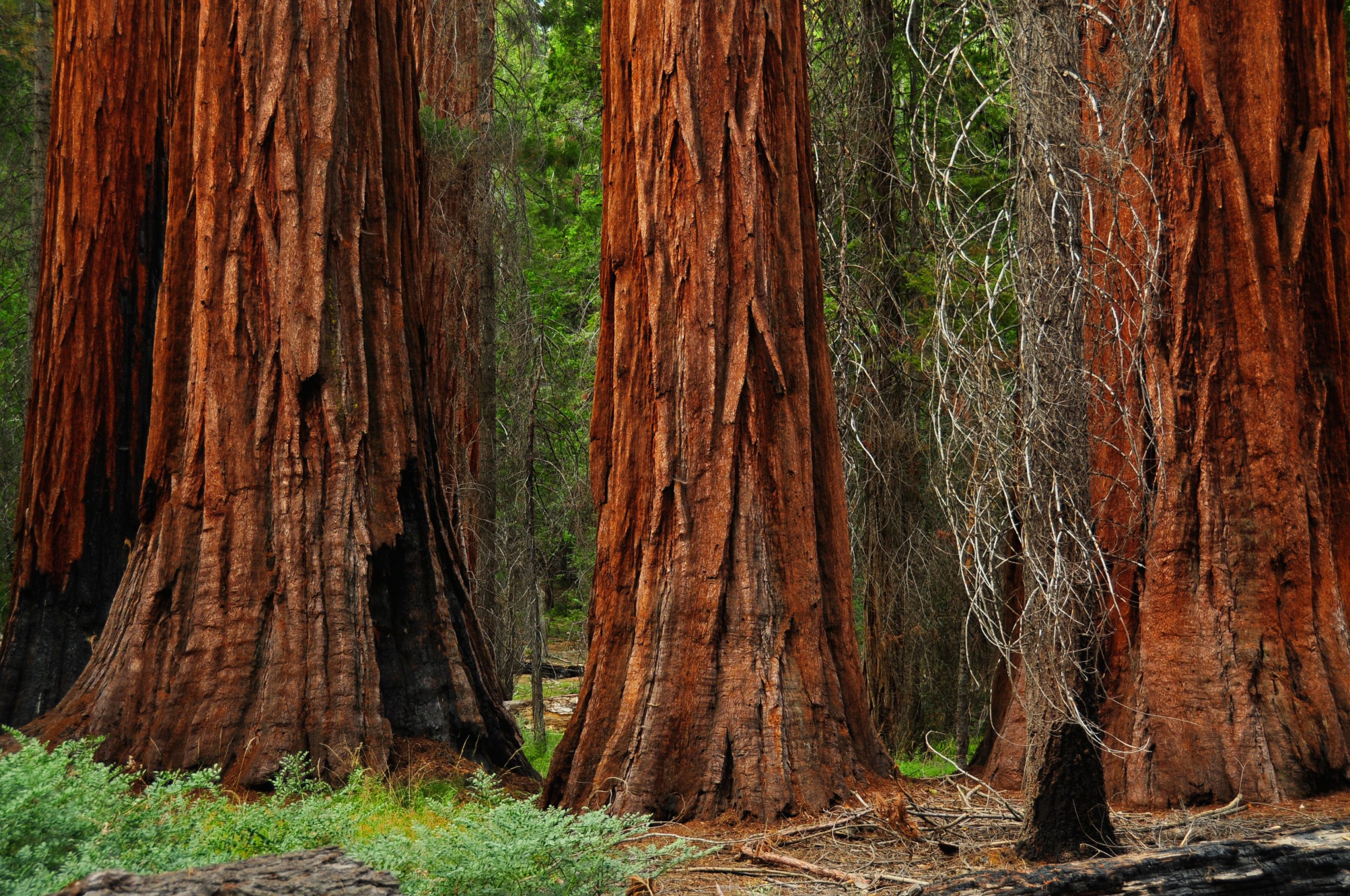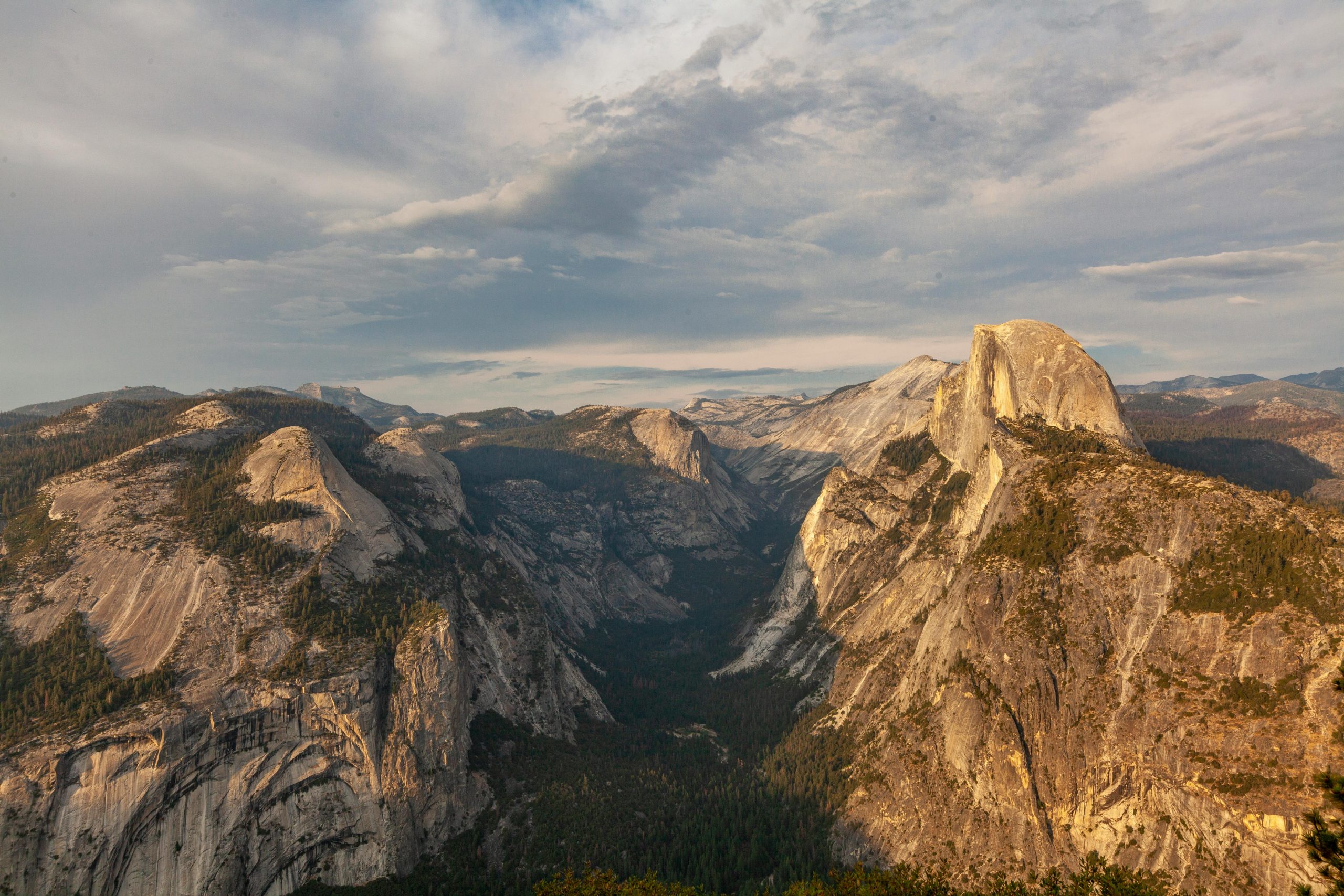Yosemite National Park, a UNESCO World Heritage Site, is not just a place of stunning natural beauty but also a treasure trove of historical landmarks and stories that date back thousands of years. From its early Native American inhabitants to the pioneers who paved the way for its preservation, Yosemite is steeped in history.
The Ahwahneechee and the Early Inhabitants
Long before Yosemite became a national park, it was home to the Ahwahneechee people. The name “Yosemite” itself is derived from the Miwok word for “killer,” a reference to the Ahwahneechee, who were feared by neighboring tribes. The Ahwahneechee lived in the valley for thousands of years, relying on the land’s resources for their survival. They built shelters from cedar bark and wove intricate baskets, some of which can still be seen in the Yosemite Museum.
One of the most famous legends is Chief Tenaya of the Ahwahneechee. In 1851, during the Mariposa War, Tenaya and his people were forced to leave their homeland when the California State Militia sought to remove Native Americans from the area to make way for settlers. Despite being relocated to a reservation, Tenaya and his followers returned to Yosemite, only to be met with further conflict. Today, the story of Chief Tenaya is a poignant reminder of the Ahwahneechee’s deep connection to the land.
El Capitan: A Monument of Geological and Cultural Significance
El Capitan, one of Yosemite’s most iconic landmarks, rises over 3,000 feet from the valley floor and has captivated visitors for centuries. Known as “The Chief” to the Ahwahneechee, El Capitan was considered a spiritual landmark.
In 1958, Warren Harding, Wayne Merry, and George Whitmore became the first to scale El Capitan’s vertical face via The Nose route. Their 47-day climb, using ropes and pitons, marked a new era in rock climbing. Today, El Capitan remains a world-renowned destination for climbers, with routes that challenge even the most experienced athletes. The landmark serves as a testament to human perseverance and the enduring spirit of adventure.

El Capitan
The Yosemite Grant: The Birth of National Parks
One of the most significant events in Yosemite’s history was the signing of the Yosemite Grant in 1864 by President Abraham Lincoln. This grant marked the first time in history that land was set aside specifically for preservation and public use, laying the groundwork for the creation of national parks.
The grant protected the Yosemite Valley and the Mariposa Grove of Giant Sequoias, and it was a pivotal moment in the conservation movement. Galen Clark, the first guardian of the grant, played a crucial role in advocating for the protection of these lands. His efforts, along with those of naturalist John Muir, who later campaigned for the establishment of Yosemite as a national park, were instrumental in shaping the future of America’s public lands.
Mariposa Grove: Guardians of Time
The Mariposa Grove of Giant Sequoias is home to some of the oldest and largest trees on earth, with some estimated to be over 2,000 years old. One of the most famous trees in the grove is the Grizzly Giant, which stands over 200 feet tall and has a base diameter of nearly 30 feet. The grove was one of the key areas protected by the Yosemite Grant, and it remains a symbol of the park’s ancient natural heritage. Efforts to preserve the grove continue today, ensuring that future generations can marvel at these living monuments.

Mariposa Grove, Fang Guo
Glacier Point: A View Through Time
Glacier Point offers one of the most breathtaking views in Yosemite, providing a panoramic vista of the valley, Half Dome, and the high sierra. Historically, Glacier Point has been a popular spot for visitors since the late 19th century. Early tourists would travel by horse-drawn carriage or mule to reach the point, a journey that could take several days.
In the early 1900s, a small hotel and dance pavilion were built at Glacier Point, attracting visitors who wanted to enjoy the view in style. While the structures no longer stand, Glacier Point remains a must-see destination in Yosemite. The view from Glacier Point offers a visual timeline of the park’s geological history, showcasing the glacial forces that shaped the landscape millions of years ago.

Glacier Point
Yosemite: A Living Museum of History and Culture
From the ancient traditions of the Ahwahneechee to the pioneering efforts of conservationists, Yosemite’s landmarks tell stories of human endeavor, spiritual connection, and the ongoing struggle to preserve our natural heritage. As you explore the park, take a moment to reflect on the rich history that has shaped Yosemite into the awe-inspiring place it is today. Whether you’re standing at the base of El Capitan, walking among the giant sequoias, or gazing out from Glacier Point, you are part of a continuum that stretches back through time, connecting the past, present, and future of this extraordinary landscape.

